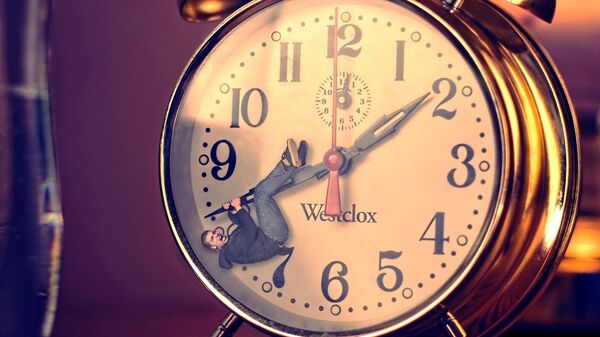Countries like Ireland, Iceland, Britain and some West African nations that use Coordinated Universal Time will add the extra second onto the year’s last minute, making the year’s last minute 61 seconds.
The Paris Observatory, home to the time-synchronizing International Earth Rotation and Reference Systems Service (IERS), released the statement, "This extra second, or leap second, makes it possible to align astronomical time, which is irregular and determined by Earth's rotation, with UTC which is extremely stable and has been determined by atomic clocks since 1967," according to Phys.org.
The IERS website states that, "The sequence of dates of the UTC second markers will be: 2016 December 31 23h 59m 59s, 2016 December 31 23h 59m 60s, 2017 January 1, 0h 0m 0s."
The gravitational pull of the moon, and other forces, factor into atomic time falling out of rhythm with astronomical time. June 30, 2015, was the last time a “leap second” was added. Prior to that it was June of 2012.
As the Earth turns a little slower each year, an extra second must sporadically be added, to regulate time and balance out the planet’s inconsistent rotation.
Science writer Dan Falk told National Geographic, "If you don’t insert a leap second, eventually time based on those atomic clocks will be out of whack with solar time," explaining that "It’s not a perfect solution. But Aristotle and Heraclitus were arguing about [time] 2,500 years ago, and we’re still arguing about it."
Since the practice began in 1972, 26 leap seconds have been added to time.



